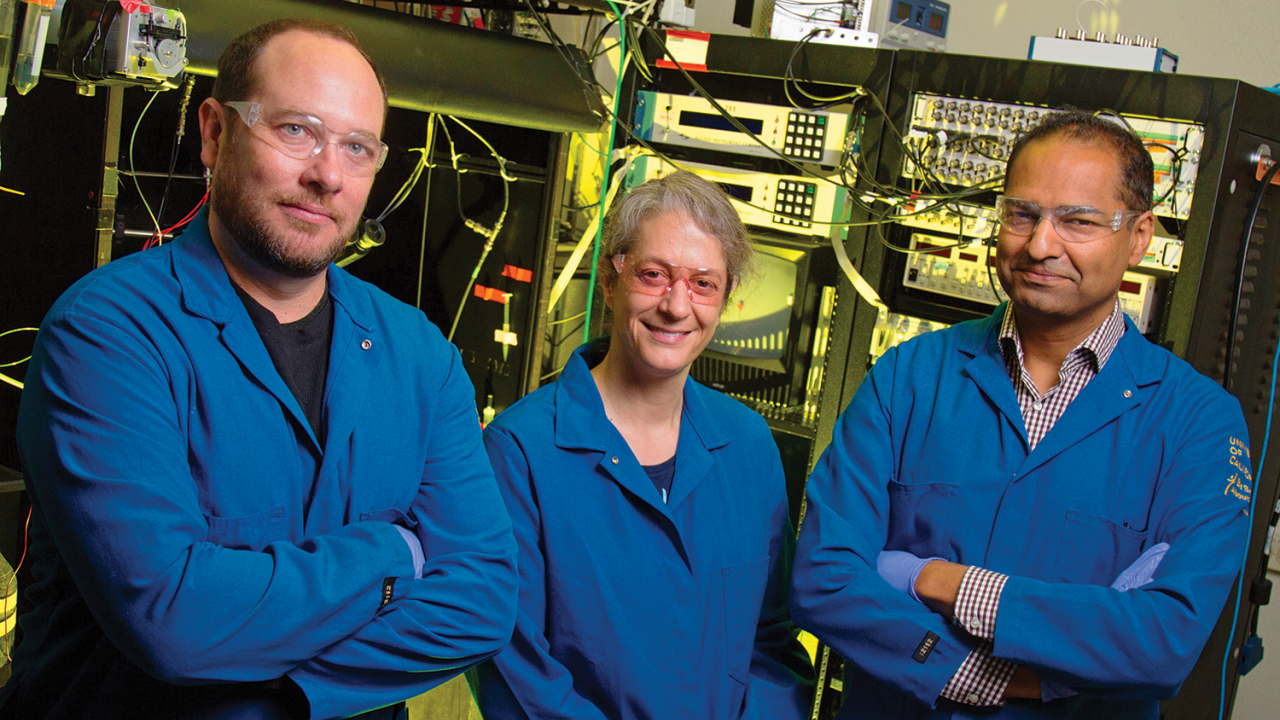
From Molecules to Minds
Vastly more advanced than any supercomputer, the complexity and versatility of the human brain is awe-inspiring. Of all its abilities, learning from new experiences might be the most powerful and astounding feature. But how does learning occur? And how do we remember what we learn? These are the fundamental questions researchers at the UC Davis Center for Neuroscience are asking. To find answers, they’re investigating the brain at many levels—from the smallest molecules that make our brains work to the thought patterns that give our world meaning.
